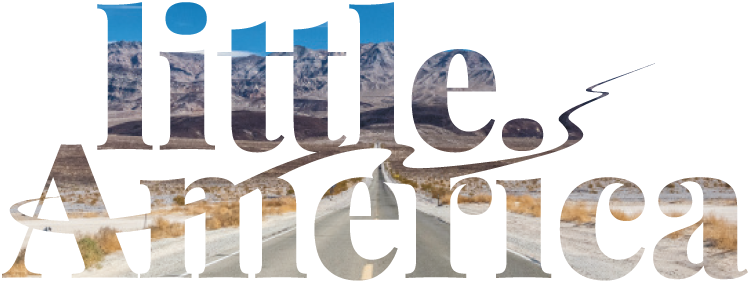Activities
Rocky Mountain National Park offers a plethora of recreational opportunities. Its extensive network of trails allows for hiking, backpacking, and mountaineering adventures, catering to all skill levels. Scenic drives, such as the Trail Ridge Road, provide stunning views of the surrounding landscapes. Activities like camping, fishing, wildlife viewing, and photography make the park a haven for outdoor enthusiasts.
Hiking
With over 571 kilometres of trails, the national park is a hiker's paradise. From easy walks around alpine lakes to challenging summit hikes, there are options for everyone. Some popular trails include Bear Lake Loop, Emerald Lake, Sky Pond, and the iconic Longs Peak.
Scenic Drives
The park features several scenic drives that provide stunning views of the surrounding mountains, valleys, and wildlife. The Trail Ridge Road, the highest continuous paved road in the United States, offers breathtaking views and reaches elevations of over 3,658 metres. The Old Fall River Road is another scenic drive that winds through the park, offering a more intimate experience.
Wildlife Watching
You'll have the chance to spot elk, deer, bighorn sheep, moose, black bears, and even the elusive mountain lion. The wildlife is most active at dawn or dusk. You can embark on guided tours to increase your chances of spotting these magnificent creatures.
Photography
Rocky Mountain National Park provides endless opportunities for photographers to capture stunning landscapes, wildlife, and wildflowers. From sunrise to sunset, the changing light conditions and dramatic scenery make it a photographer's dream.
Horseback Riding
For a unique way to explore the park, go horseback riding on designated trails. Several stables in the area offer guided horseback rides, allowing riders to enjoy the beauty of the Rocky Mountains while experiencing the nostalgia of the Old West.















